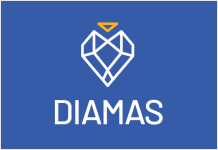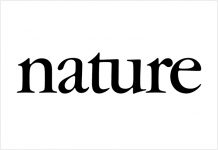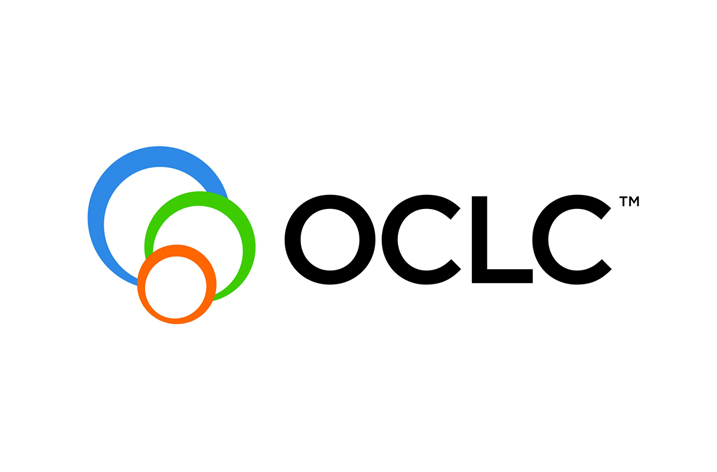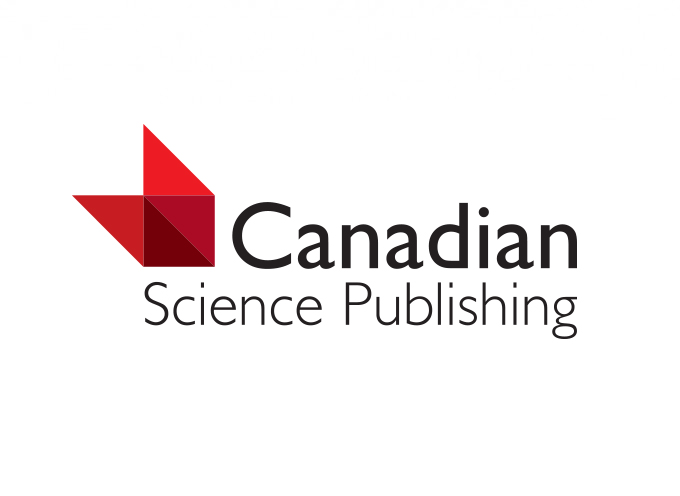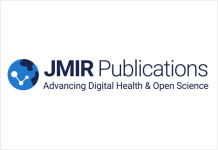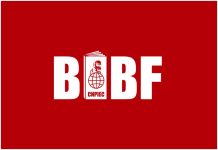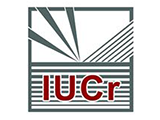
The International Union of Crystallography (IUCr) has launched a brand new IUCr Journals website, for researchers involved in structural determination.
The new design is clean, bright and adaptable to different screen sizes. Many subtle changes have been introduced to the article format to help improve the overall clarity of the HTML text.
A toolbox of useful features takes the form of a set of buttons. Whenever appropriate, the same buttons appear on the summary (abstract) page or table of contents associated with the article. This allows the reader to obtain relevant information about the article (e.g. citation format, usage statistics, supporting information) from the most convenient entry point. So you do not have to be actually reading an article, for example, to obtain a three-dimensional visualisation of the structures it describes ‑ particularly useful for non-subscribers who wish to learn more about a non-open-access article.
A particularly useful new feature is the detailed usage information available for every article, showing numbers of citations as recorded by a number of monitoring services, as well as a detailed interactive graph of all article downloads in both PDF and HTML formats from the IUCr Journals server.
The new website provides clearer marking of the article’s category, citation and digital object identifier (DOI), together with its copyright and licensing information and a clear indication if it is open access. Prominent at the top of each page is a link to the article’s status and publication history as certified by the CrossMark system.
IUCr Journals have always excelled in providing free and easy access to supporting information, especially the structural data files (CIFs, structure factors or Rietveld profiles). Now, experimental, coordinate and geometry data from the CIF can be viewed inline at the end of any article reporting a small-unit-cell structure.
The “3dview” visualisation interface has been improved and provides a common interface for three-dimensional interactive images of all classes of structure: biological macromolecules, inorganics, small molecules, metal–organic complexes. For small structures, there are also tools to view or predict powder profiles, and to perform similarity searches among other structures published in IUCr Journals.
Each journal home page highlights a number of recent articles of particular interest or significance. In many cases these highlighted articles have accompanying commentaries establishing their importance, either in featured articles on the general IUCr homepage or as commissioned companion pieces in the journals themselves.
New journal sidebars allow for a variety of content related to the specific focus of each journal. For example, Acta Crystallographica Section B has a sidebar link to a gallery of amazing visualisations of incommensurate modulated structures published in the journal. These use JSmol to produce animations in time that correspond to lattice distortions in space. Journal of Synchrotron Radiation focuses on beamline papers in a sidebar.
The journal home pages also feature constantly updating lists of latest, most read and most cited articles. For each journal, a new “about” page provides a detailed synopsis of that journal’s main features, and includes an interactive map showing the distribution of authors worldwide.
While the scholarly publication landscape is changing in the 21st century, IUCr Journals’ commitment to quality, to capturing, reviewing, critiquing and disseminating the most important advances in the structural sciences, and to promoting interdisciplinary research is unwavering. And, we hope, with this refreshed online platform, this will become more apparent than ever to the widest range of discerning readers.



